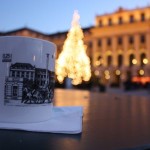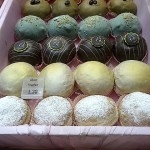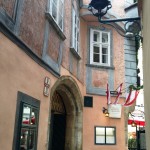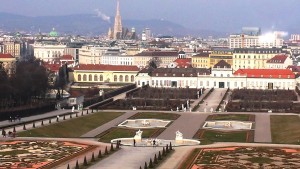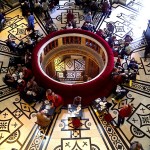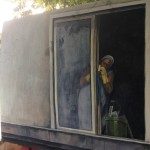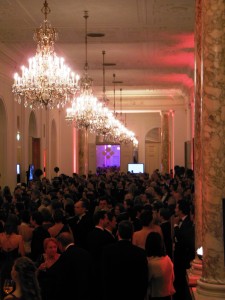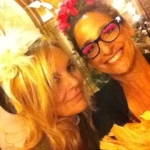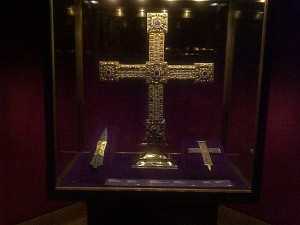TOP TEN THINGS TO DO AND SEE IN VIENNA IN DECEMBER
Follow my blog with Bloglovin
Vienna gets lots of visitors in December and that’s not too surprising because the city is beautiful this time of year. Here’s the top 10 things you’ll want to do and see while here in December to get the most of your visit.

- Visit a Christmas Market. With over 20 markets to choose from, there’s something for everyone. Here’s a list of Vienna Christmas markets from my 2014 post with links. Note that the special events have probably changed but otherwise the markets and descriptions usually stay pretty consistent year for year.
- Indulge in some Glühwein while at that market. For your own Glühwein recipe – check out my “How to make Glühwein” post.
- Have lunch at Cafe Central – they have what’s called a “Menü” option on the weekdays and it is usually a soup and a main meal consisting of a meat or non-meat dish and rather reasonably priced. Be sure to make reservations or you might have to wait for a table or not get one at all. You can write to them for reservations at the email address on the Cafe Central website but reservations are only valid if you receive a confirmation email (usually pretty quick response time).
- See the mosaic of the Last Supper. Do this after your visit to Cafe Central, since the Minoritenkirche with the mosaic is a two minute walk up the road from the Cafe. More about this amazing piece of art work in my post: “Napoleon, Jesus and the Free Masons: the Last Supper in Vienna.”
- Have an authentic Austrian dinner in one of Vienna’s oldest restaurants – the Griechenbeisl. Again, reservations are a necessity. Check out my post about the Greichenbeisl restaurant entitled, “If the Walls Could Speak – A Schnitzel with Turkish Invaders, Beethoven, Twain and Johnny Cash.”
- Try a Krapfen. Don’t know what that is? Kind of like a apricot jam filled doughnut – more on the subject here: “Krapfen – Getting Fat in Honor of Fat Tuesday.”
- Definitely, definitely, visit a Coffeehouse to catch your breath, read a newspaper, discuss the world, and maybe even have some coffee. These two posts should help you with that: This one has a list of choice coffeehouses: “Vienna and her Coffeehouses – Sit Back and Smell the Coffee,” and this one describes a bit of the coffeehouse culture: “Place to Visit in Vienna – Coffeehouses.”
- Digest some art and see some museums. Check out my post “Things to See in Vienna – Art Museums and Street Art.”
- Visit the Austrian National Treasury and check out some amazing artifacts like the legendary holy lance/ Spear of Destiny. More about that on my post:”The Holy Lance (“Spear of Destiny”) & the Power to Rule the World.”
- Take a stroll through the park of the Schönbrunn Castle and be sure to hike the hill behind the castle up to the gorgeous Gloriette where you can have a hot cocoa and if you’re timing is right, listen to some live piano music.


